Julie Mallet on the phone from Marseille. Between 3D prints and an SD card glitch, she talks about her journey — from interior design in Barcelona to sustainable object design. Today, she prints lamps, vases and wall lights using biomaterials, from her studio in the South of France.
You were an interior designer in Barcelona. What led you to become a designer in Marseille?
I no longer felt aligned with the world of architecture and construction. What weighed on me was the disconnect between my values and certain industry practices. I needed to find meaning in my work again, to reconnect with making things. I wanted to create with my hands, without losing everything I'd learned or starting from scratch. So I turned to Fablabs — workshops where anyone can bring personal, unique projects to life. You find artists there who meet and help professionals or individuals prototype their ideas.
It's a concept I really loved from the start. Working there, I discovered digital fabrication, including 3D printing, which won me over. At that time I was still living in Barcelona, thriving in one of Europe's largest fablabs. That's where I had the chance to discover biomaterials, before returning to France in early 2020.
 © Clément Mahoudeau_Ville de Marseille
© Clément Mahoudeau_Ville de Marseille
I then partnered with a small "social" fablab in La Ciotat. I worked with children and young people from disadvantaged backgrounds — it was a rewarding experience, but after two years, I felt something creative was still missing. As they say, old habits die hard. I'd already started sketching ideas, which later became objects available on Perlo.
Can we talk about biomaterials — what are they and why are they so present in your work?
In 3D printing, there are two main families of materials: biomaterials, which are bio-sourced, and others derived from petrochemicals. Among bio-sourced materials, there's PLA, an affordable and easy-to-work-with option. But there are other materials you can imagine from scratch. In Barcelona, I took courses on creating biomaterials for fashion. We even used mashed potatoes with kids to make it playful — which shows the range of possibilities.
|
|
The idea when I came back to France was to find PLA manufacturers that were even more eco-responsible. I discovered a French company that fit my criteria perfectly: they work with organic and mineral residues, including mussel and scallop shells. I immediately loved the material and the very natural color variations that come from their origin. It aligned perfectly with what had driven me to leave interior design.
Is there an object in your collections with a particular story that deserves a spotlight?
Actually, I've been working on a specific light fixture for over a year now. You should know that in 3D printing, machines are calibrated for a "beautiful," "aesthetic" result — smooth and flawless. For this project, I deliberately miscalibrate the printer to achieve a particular texture that doesn't conform to the standards of 3D work. I hope to finalize this horizontal light fixture before the end of the year.
 © Clément Mahoudeau_Ville de Marseille
© Clément Mahoudeau_Ville de Marseille
There's also the Zygi wall light, whose inspiration I'm really fond of. While having my morning coffee on my Marseille balcony, I took the time to watch the sun's rays distort the ripples of the metal railing bars. I loved that effect and saw the outline of a wall light in it. Having grown up in the '80s, triangular shapes and vintage aesthetics are at the heart of my work, so I organized all my ideas and printed Zygi.
 Zygy Lamp Zygy Lamp
|
Julie Mallet's creations are available on Perlo. Each piece is unique, printed in France. Julie works with bio-sourced PLA enriched with organic and mineral residues — mussel shells, scallop shells, and other recycled materials. A practice between vintage design and attention to materials.


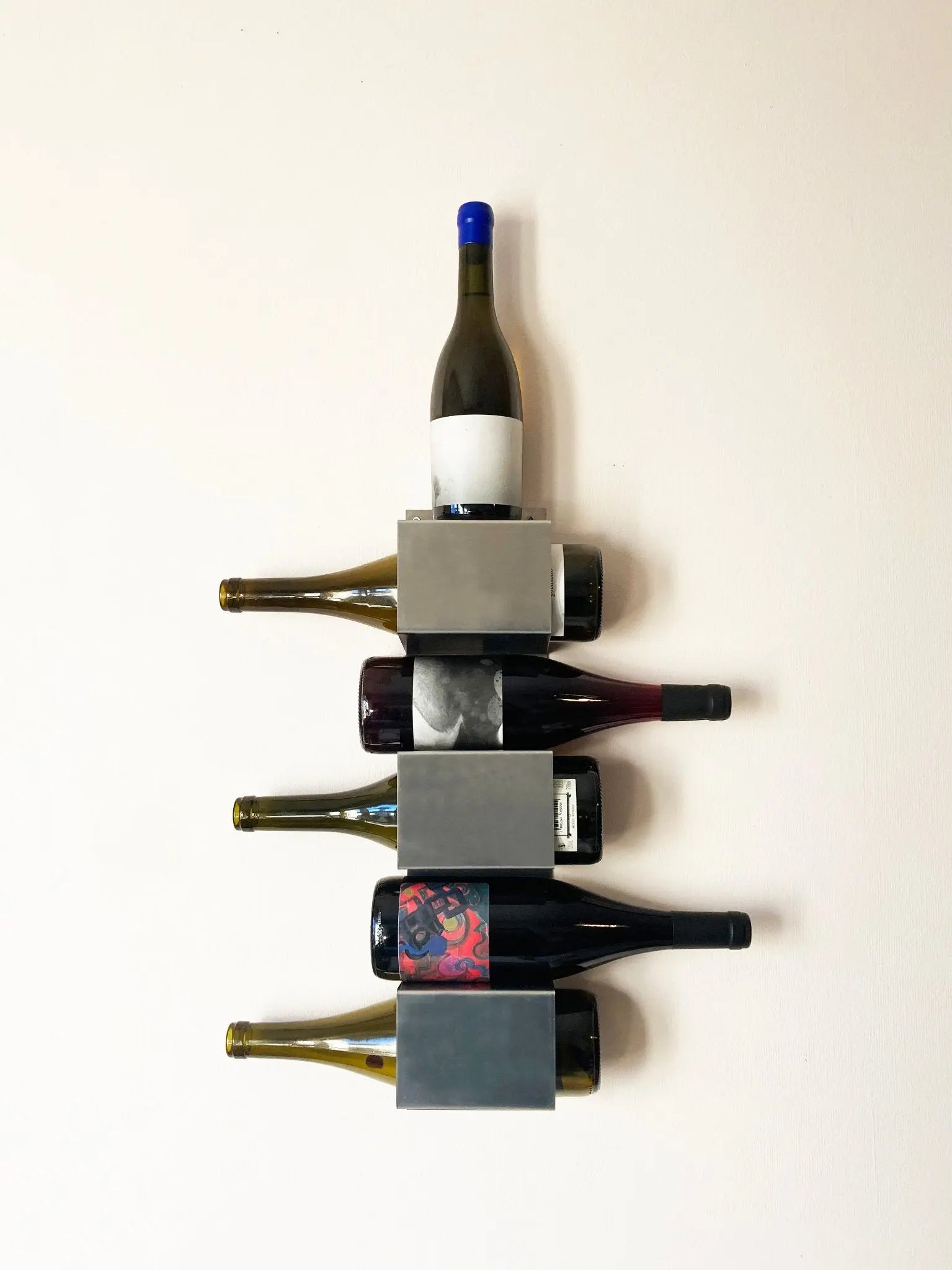
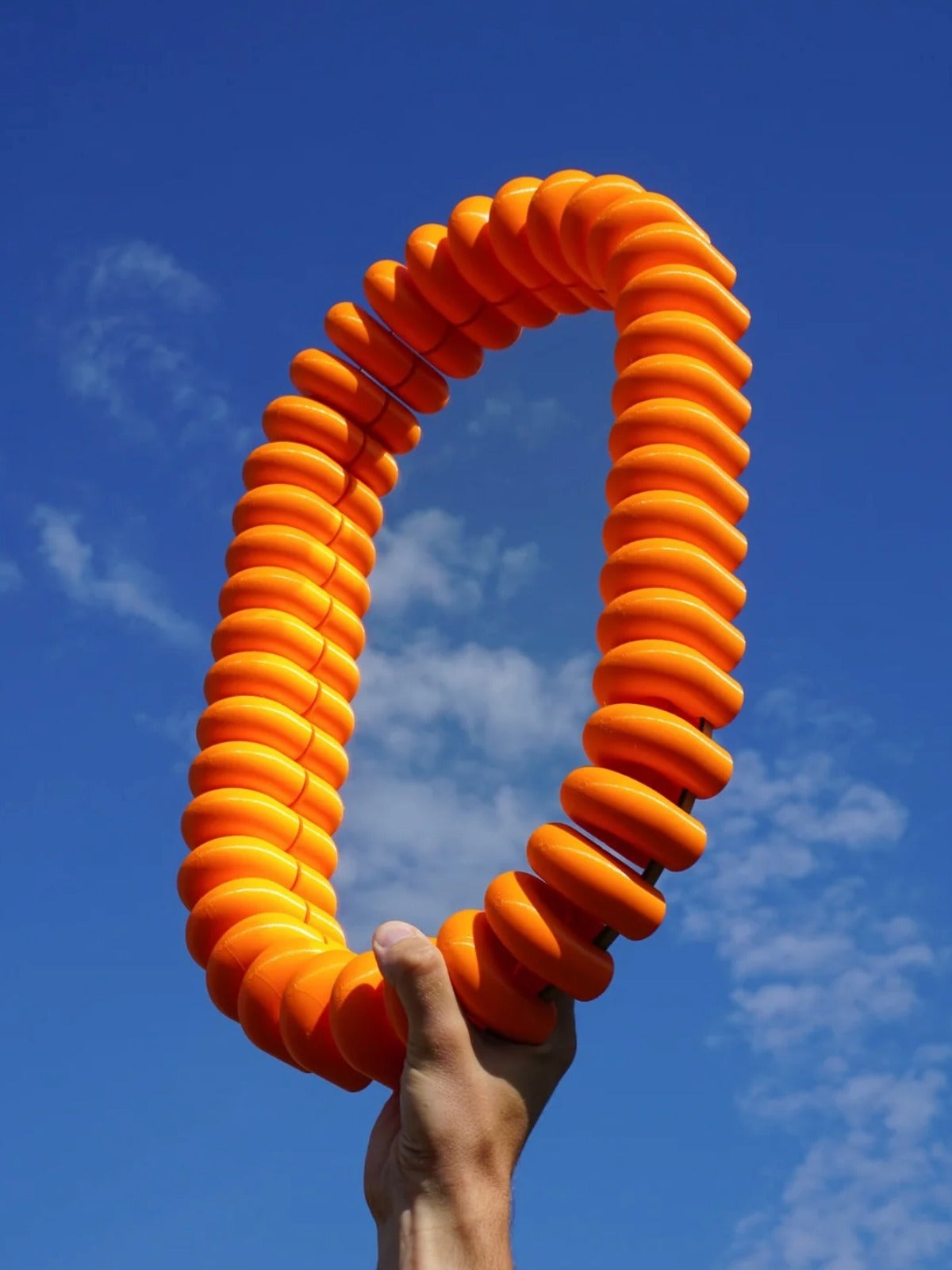
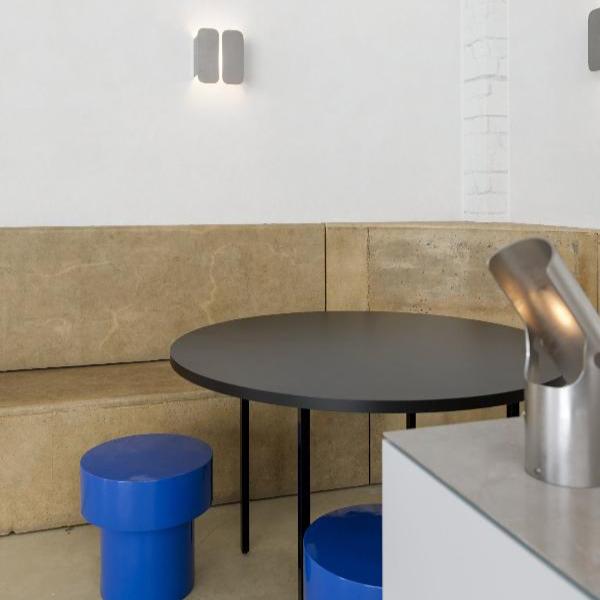
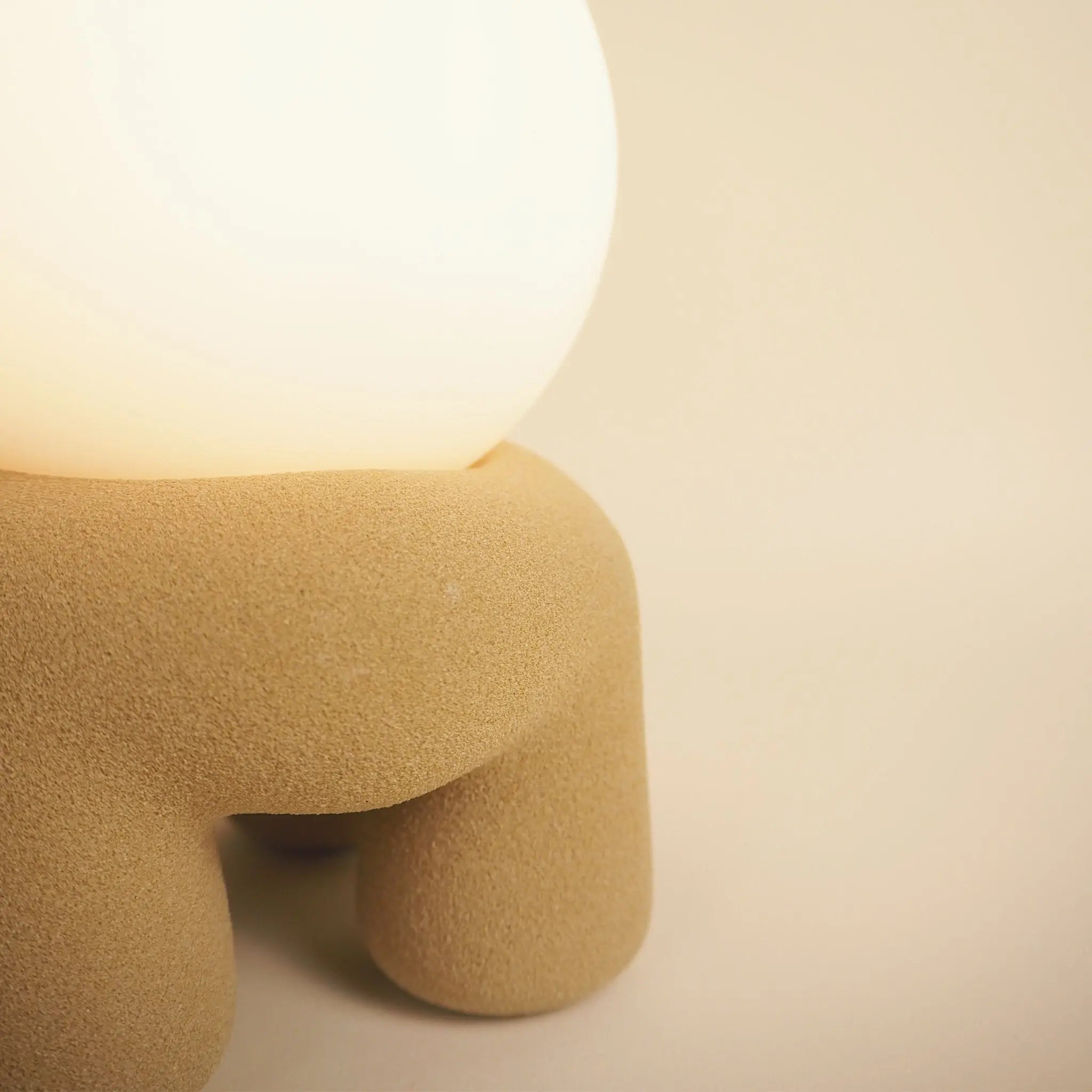

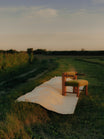

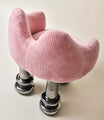
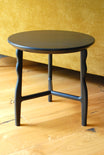
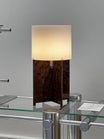
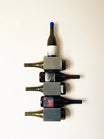
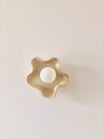

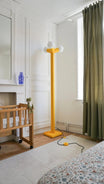
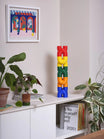
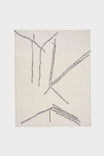
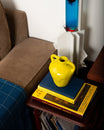

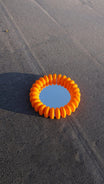
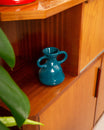
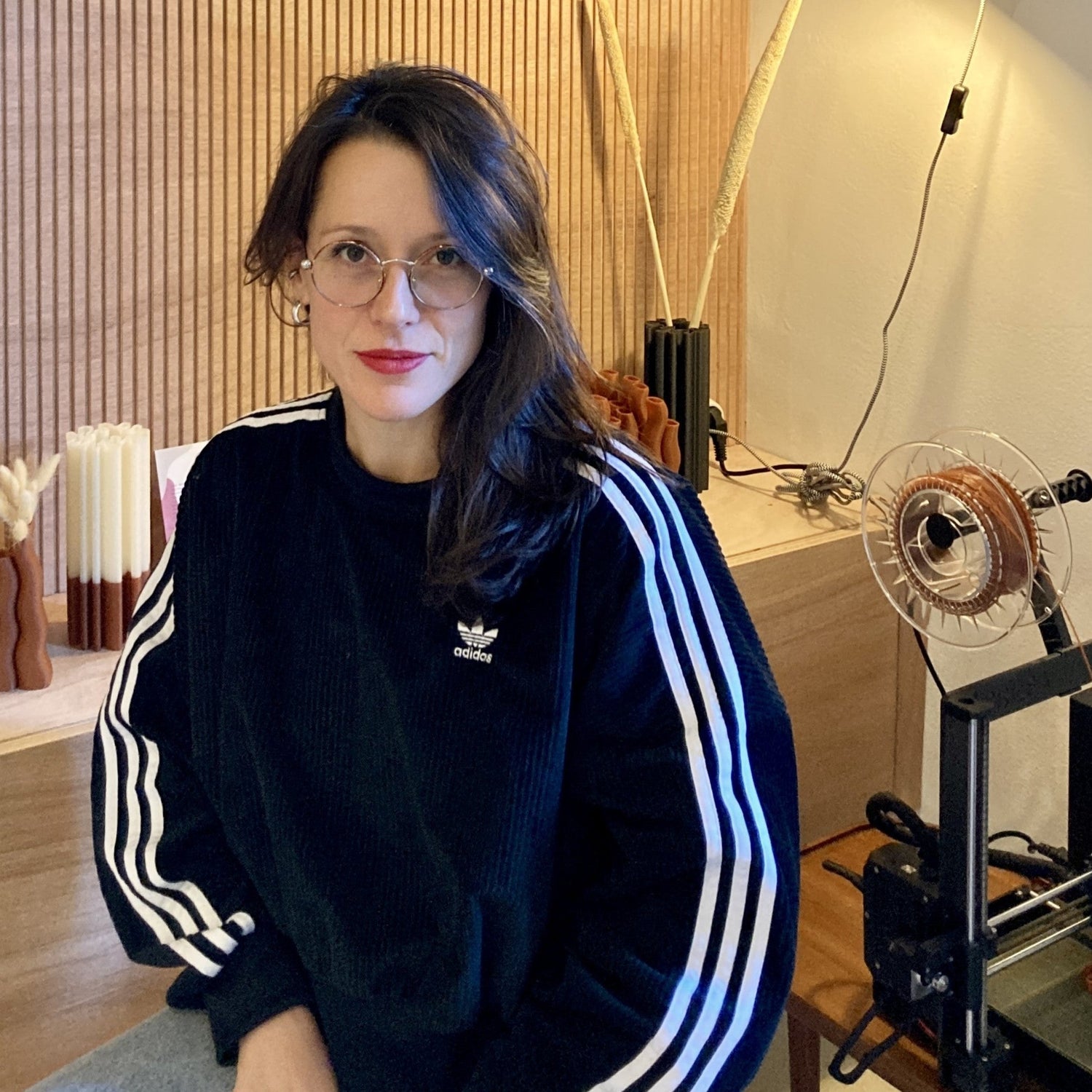

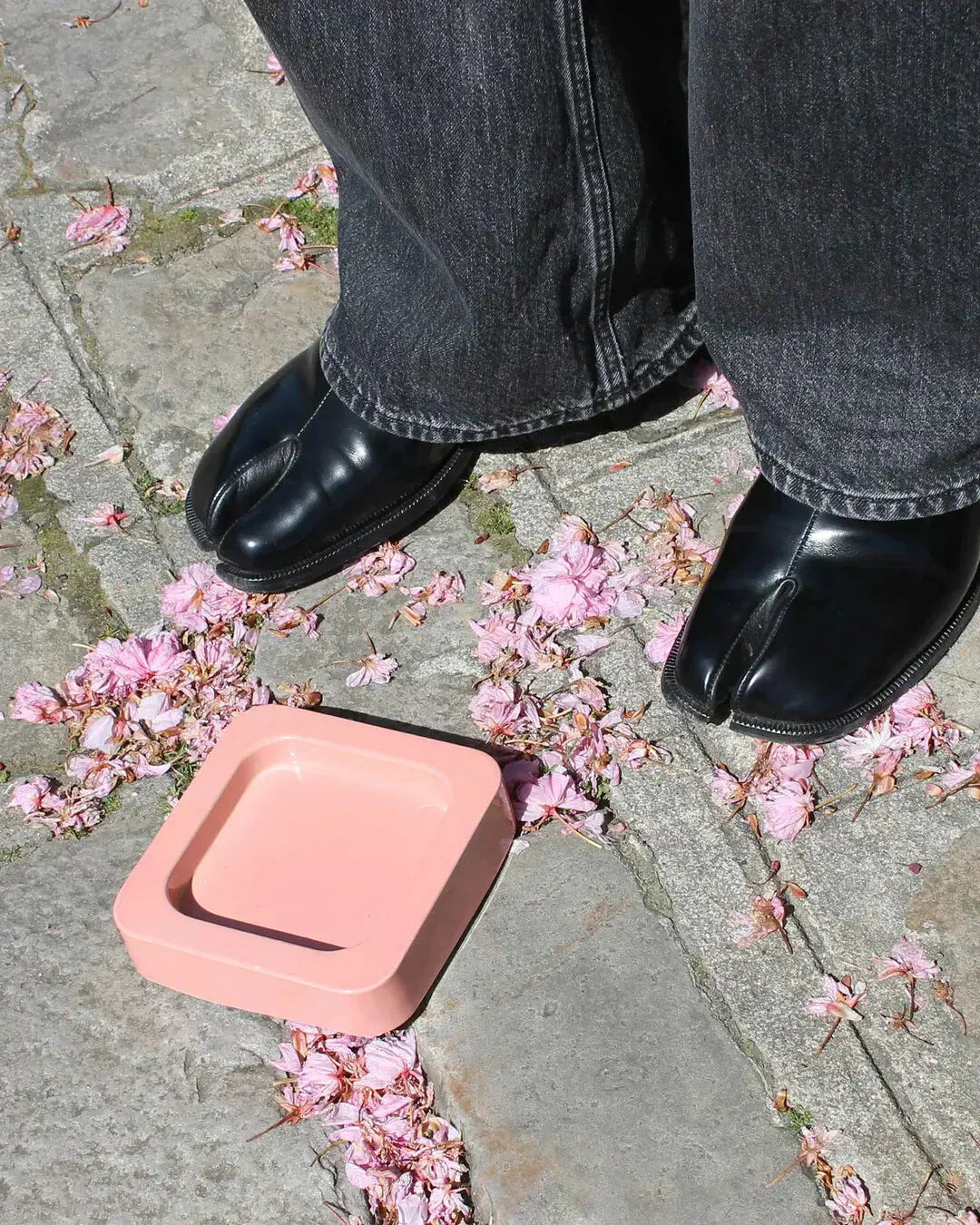
Leave a comment
This site is protected by hCaptcha and the hCaptcha Privacy Policy and Terms of Service apply.